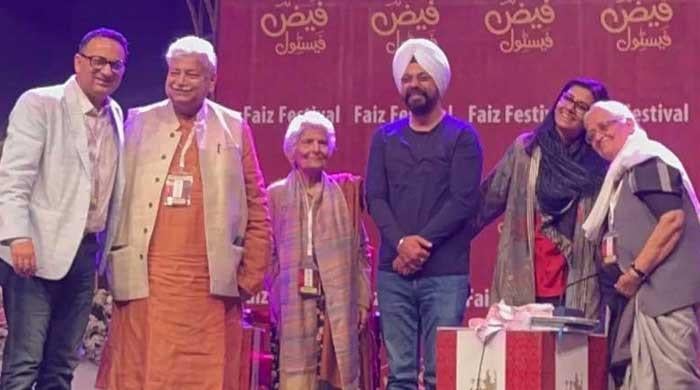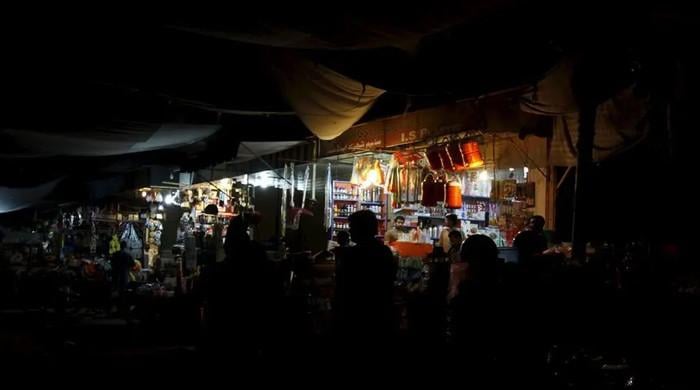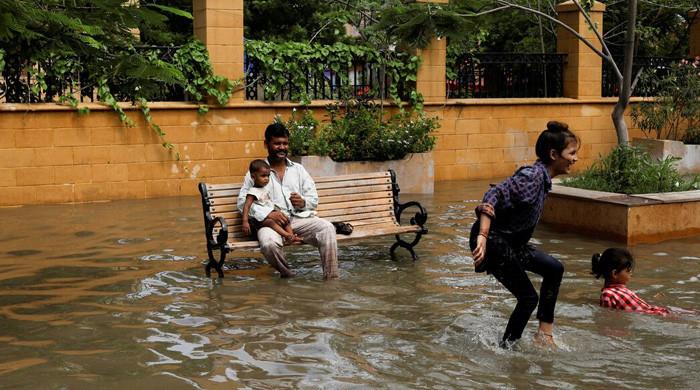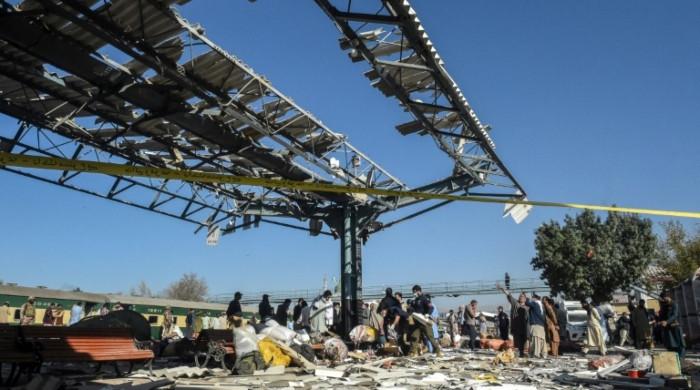Parks, malls and farms: How Gwadar has changed in six years
Port city has been bedecked with carpeted roads, shopping malls, inter-city transportation, resorts [...] international airport
April 02, 2022
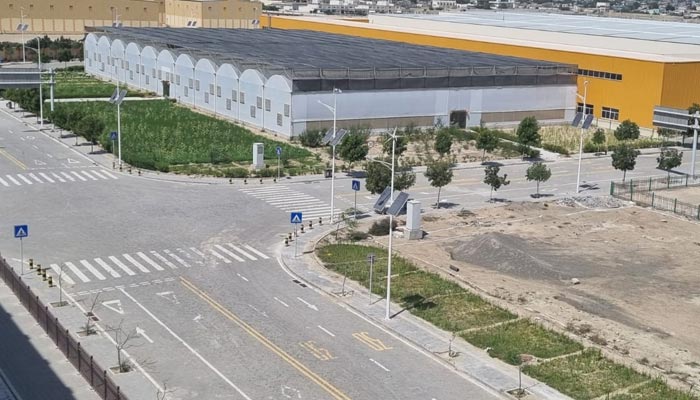
In just six years, Gwadar has rapidly changed from a small fishing town to a smart city.
The port city has now been bedecked with carpeted roads, shopping malls, inter-city transportation, resorts, recreational parks, seawater desalination water plants, hospitals, educational institutions, livestock businesses, agriculture farming areas, free zones and an under-construction international airport.
One major project that has sprouted up in recent years is the 19-kilometre-long Eastbay Expressway, which will be used to transport cargo from the Gwadar port to Motorway 8 (M-8), the western part of the China-Pakistan Economic Corridor (CPEC).
Imam Buksh, the project director of the Eastbay Expressway, told Geo.tv that it is the first time in the history of Gwadar that a six-lane, high-tech, signal-free road will be operational.
The project is expected to be completed by the second week of May. “All containerised traffic from Gwadar Port will head to China from this expressway,” he added.
Gwadar is also going green. Several plantation projects for biodiversity and natural flora and fauna have either been completed or are being worked on at a rapid pace.
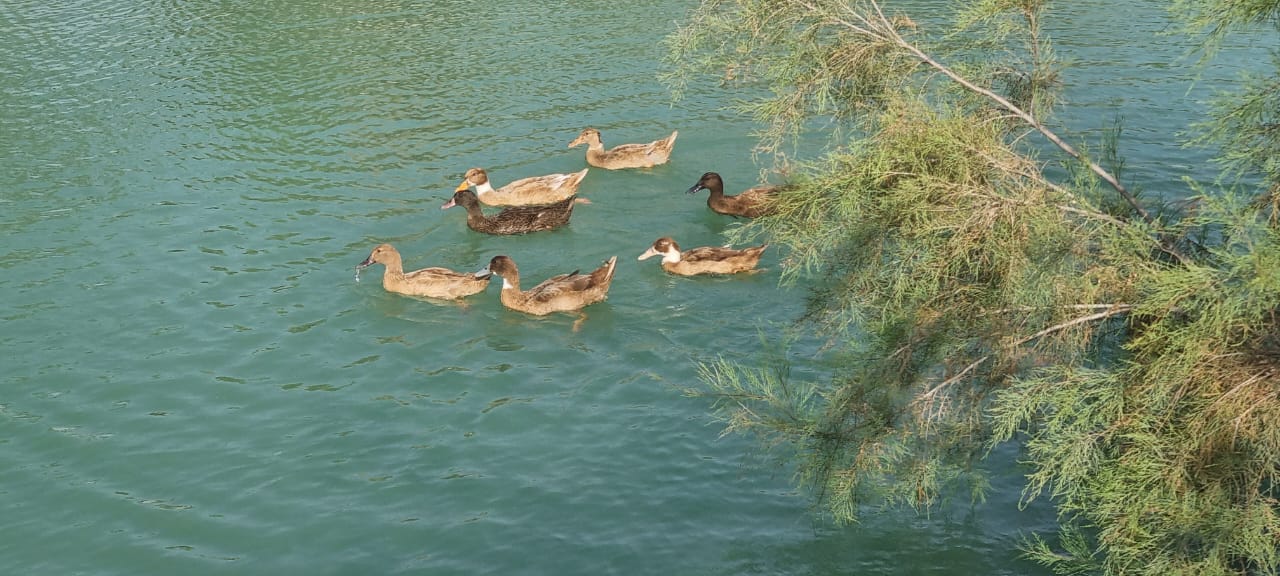
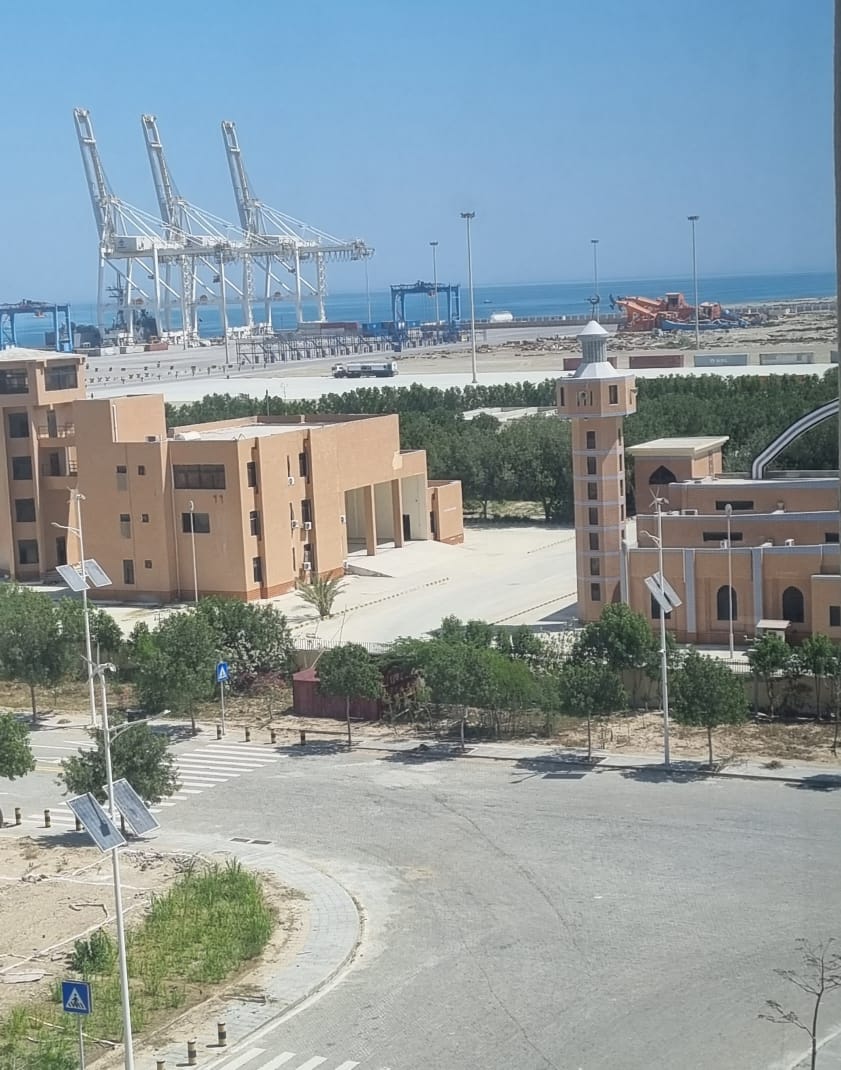
For the local residents, many parks have been rolled out as well, such as the Pak-China Friendship Green Park and Central Park.
“Compared to the past, greenery in Gwadar has now increased to 20%,” Abdul Raheem, the Gwadar Development Authority’s (GDA) deputy director environment, told Geo.tv.
In order to address the lack of freshwater, a 1.2 million gallon per day seawater desalination water plant is in the pipeline. The plant is being bankrolled by China, which has allocated a grant of Rs 2 billion, said Dawood Baloch, director of the Gwadar Port Authority (GPA).
Another milestone achievement in the coming months will be to link Gwadar with the national grid which will play a significant role to reduce power outages in the city.
The GDA’s assistant town planner, Abdul Razzaq, told Geo.tv that a 140km, 132KV, double-circuit and a 395km, 132KV, single-circuit transmission line is being planned. He added that the government has also decided to import 70 to 100 megawatt Iranian electricity to power up the Gwadar Port. While, a 300-MW coal-fired power plant will be completed by 2023, said GPA chairman Naseer Khan Kashani.
Moreover, Gwadar homes are being converted to solar energy. In the first phase, China’s Ministry of Ecology and Environment donated more than 4,000 sets of solar photovoltaic systems and LED lights to the local people.
Recently, China donated a further 3,000 solar plates to the residents.
Zhang Baozhong, the chairman of China Overseas Port Holding Company (COPHC), told Geo.tv that at the Gwadar port LPG ships and bulk cargo vessels are also now routine. All these activities have led to a lot of business opportunities for Pakistani stevedoring companies, transporters and customer clearance, he added.
Then there are the “Tissue Labs” that China is operating in Gwadar. These labs promise to create alternative sources of income for locals, other than fishing and aqua-related businesses.
“We are ready to open training sessions for locals, both male and female, to impart modern knowledge on how to grow commercial crops and plants in a dry and arid climate,” said Zhang Saiyang, the director of Tissue Lab.




